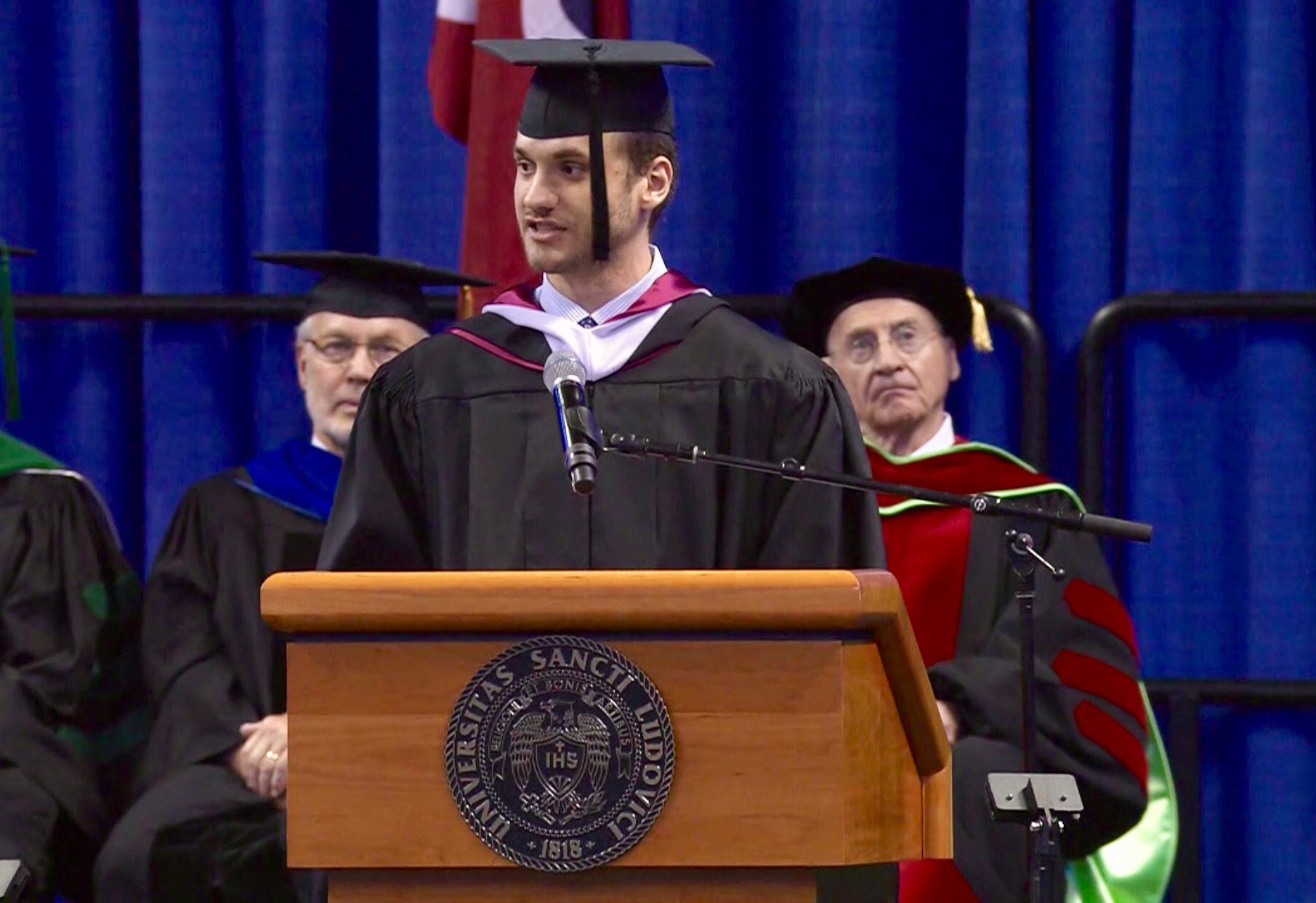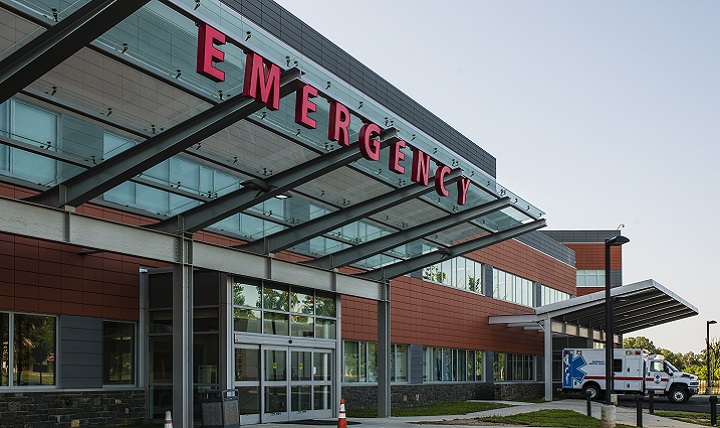Trikafta’s amazing power is…well… amazing, and even more so for children living with cystic fibrosis. Our hope is that when children can start dosing Trikafta, they will be putting off disease progression for decades. That goal is seemingly becoming a reality before our eyes.
The cystic fibrosis that I, along with much our adult community, knew as kids is a very different cystic fibrosis than the one our pediatric patients will grow up to experience.
When I was 17, I was forced to forego my senior year of high school football.
When I was 22, I was forced to give up my dream of going to law school.
When I was 23, I was forced to give up full time work.
My list can go on and on and on, and I’m sure most adults have similar lists, too.
The sacrifices we make because of CF are as small as forgoing a night out with friends, a bachelor party trip, or even a late start to the work day. Those sacrifices can also be as big as claiming disability in lieu of a career or letting going of a legal marriage just so we don’t lose health coverage.
The younger generation, God willing, won’t have to experience the breadth of the sacrifices that we have had to, and it is important that we celebrate that now and forever. The miracle that is Trikafta could easily be labeled one of the single greatest breakthroughs in medical history, and we are all living it!
The success of Trikfata, however, largely rests on the backs of the adult community. It is critical the younger CF generation doesn’t lose sight of that. For decades people living with CF, their families, friends and larger networks have been fundraising for a cure all the while the patient at the heart of each of those individual networks has seen his or her health deteriorate.
Many people starting Trikafta now are getting their hands on it just in time. Trikafta isn’t a cure for us. We still have larger issues that we deal with, and they will persist for the rest of our lives.
In my case, I still have bronchiectasis, I have multidrug resistant pseudomonas colonized in my lungs, and a score of other issues – not to mention years and years and years of medical trauma that lingers in the back of my mind. Despite those issues, I feel like one of the lucky ones.
Other adults are on the precipice of end stage illness and will use these modulators as a ticket to strengthen their bodies before an inevitable transplant, others in the final 10% do not have a workable modulator or disease modifying medication, and a final subset of people have already received a double lung transplant.
In a way, we now live in a world where there are two very different groups of people living with cystic fibrosis. On one hand, we have the Kalydeco generation – kids and young adults who got access to modulators before their health started to deteriorate. Kids who will grow up to live long, successful lives. Their future success is the exact thing we have all chased, and now they will get to live with a manageable condition. It is something that I am so incredible thankful for because I know that the horrors that I, and others with CF, experienced will largely be absent from their lives.
We cannot forget the second group – our adults. We have more science we need to chase down, clinical trials to enroll and future healthcare investments to make.
Cystic Fibrosis Foundation’s $500 million path to a cure through 2025 is a start.
I argue that isn’t aggressive enough for a $4 billion company that brings in about $130,000,000 year over year in revenue on top of one of the most impressive venture capital portfolios in medicine.
Adults are struggling now, and although some of us have the opportunity to use disease modifying medications, we cannot stop.
It is my hope that our younger generations recognize the critical need to continue to do more work for our adults – our adults who may no longer have the health they used to pound the pavement and deliver the modulators we now benefit from.
We, as a community, cannot lose that drive.
We have to develop novel antimicrobial solutions, even if that means going outside the box to do so. We need to develop safer transplant techniques, and better post-transplant medicine. We need better ways of delivering medication to airways that may be collapsed, scarred over or damaged. We need better airway clearance methods and mechanisms. We need to address the ever-elusive inflammatory problems that underscore CF. We must address the critical need for better mental health treatment for our patient population. We have to improve the modulator arsenal for non-responders. We need to address the lack of protein in stop mutations. We have to improve access to medication across the board.
Modulators are not the end. They are the beginning of two very different groups of people with cystic fibrosis. We cannot forget about the folks who are dealing with critical health issues.




